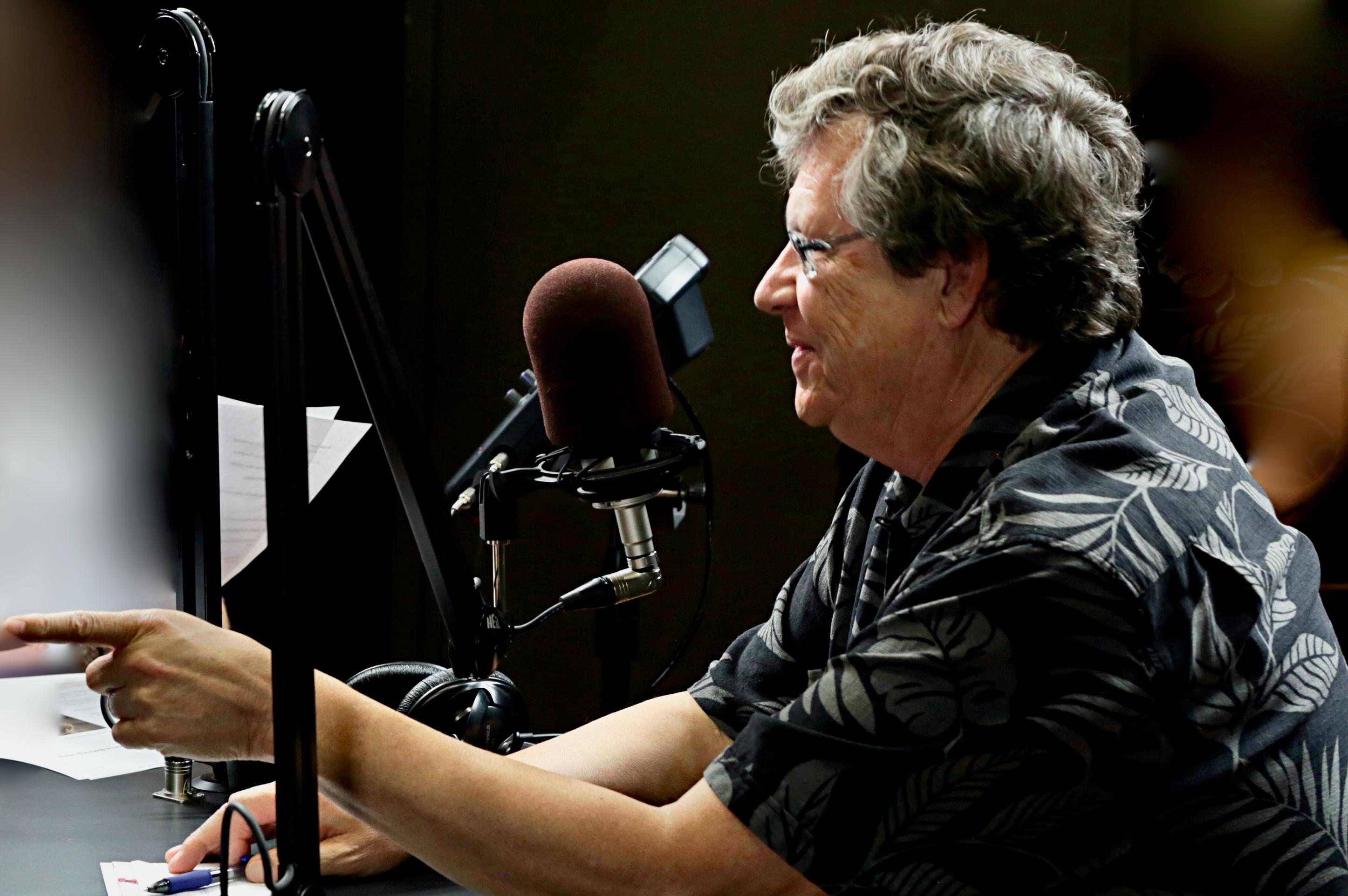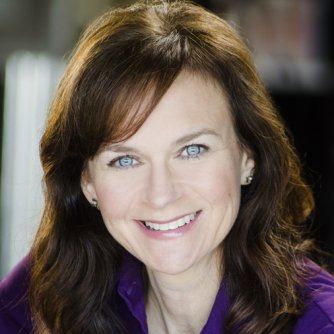

What are the common core standards?
They are a set of more rigorous expectations for what students are supposed to know in reading and math for each grade level. The Common Core is not a curriculum and doesn’t tell teachers how to teach. That’s left to the teacher.
Who developed them?
Prior to Common Core, individual states developed their own standards of what students should know before they graduate from high school. So the nation’s governors and education commissioners led the development of a set of common benchmarks. Teachers, parents, school administrators and experts also gave input. Common Core is not an initiative of the federal government. Forty-five states signed on, including Colorado in 2010. Nebraska, Virginia, Texas, and Alaska, didn’t adopt them and Minnesota adopted half of them.
How are they different from old standards?
In general, there is more of an emphasis on critical thinking, problem-solving, creativity, and collaboration. Students will be expected to apply what they’ve learned to real-world situations. Part of the impetus is these are the kinds of skills students need in college and in the work world. These standards were benchmarked to academic standards from a number of high achieving countries, such as Singapore and Japan.
So Colorado students should be sitting in classrooms that are more engaging, and rigorous. What are some specific examples of what a change in curriculum might look like?
In math for example, kids used to focus on understanding how to do a problem, the procedure. Under Common Core, there is equal emphasis on understanding the concept behind an operation, as well as how to do it. And then, being able to understand why and how math works in the real world.
In reading, there should be more emphasis on building knowledge through non-fiction texts and information texts. When students read, write and speak, it must be grounded in evidence from texts. There will be a lot more writing done in every subject from math to social studies.
Does that mean Catcher in the Rye is out the window?
Not necessarily. The Hechinger Report did a series of stories about Colorado’s implementation of the Common Core including, how districts are paying for it, and what on-line tests may look like, but also what the Common Core might look like in classrooms.
In elementary school, kids are supposed to spend half their time reading non-fiction, half-fiction. By high school, non-fiction goes up to 70 percent. In a 7th grade English class, you might have students research and write about different perspectives on climate change. That’s something that before might just be covered in a science class.
One English teacher in Centennial said she spends less time on pre-reading exercises so brainstorming about titles and characters and more time on students talking about the importance of a particular passage. Students themselves also should be leading frequent discussions about what they are reading.
And what about in math?
Kids shouldn’t be listening to a lecture and then filling out worksheets. They should be doing group work, even debates, and projects about math concepts. There should be lots of teachers addressing the topic, “Why am I learning this?”
At North High School in Denver, math teacher Zachary Rowe said the standards have led to a “huge shift” in how teachers at his school plan, teach and test. He said instead of just helping students memorize formulas – he’ll teach a lesson on how to graph the intersection of two lines. But he’ll do it with a word problem about population growth and food supply. In short, Colorado students may be spending time on fewer topics, but more time digging deeply into them.
In some other states, like Indiana and Michigan, there’s been strong opposition to the Common Core. But not in Colorado. Why is that?
At the end of every monthly state school board meeting there is a small group of protesters who speak during the public comment session. Some fear Common Core will lead to a federal takeover of education. Others who speak stress that the Common Core was developed by states and teachers have the freedom to design their own lessons and curriculum.
Support in Colorado is very solid and that could be because it didn’t come from “out of the blue”. Colorado designed and adopted its own more rigorous state standards in 2009. They overlap quite substantially with the Common Core. So some districts have been working at this for some time.
How is the rollout of the standards going across Colorado?
This is the first year schools have had to fully implement Common Core and state standards in eight other subjects. Some districts immediately implemented the more rigorous state standards a few years ago. So they’re on their way. Others have phased them in. And still others are scrambling this year.
This is a mammoth year for teachers. Not only are teachers doing their regular job of teaching, many must create completely new materials, new lesson plans, and new tests to meet the rigor of the higher standards.
Most districts don’t have money for new textbooks so there’s been a lot of collaboration among teachers, lots of tapping free resources on the web. The Hechinger article reported that a big district like Denver spent $80,000 dollars on consultants to help develop math units and to do things like design “toolkits” to provide teachers with sample test questions.
Last year, the state organized nearly 500 teacher volunteers to write more than 700 curriculum outlines that are aligned to the new standards. Colorado districts can use those materials. Since tests will be on-line, another challenge for cash-strapped rural districts will be figuring out how to upgrade technology and make sure they have enough bandwidth to run tests.
How are teachers reacting to new standards?
It’s been very positive generally. Teachers are saying things like “this is the type of thinking I’ve wanted my kids to do for a long time.” There’s not an emphasis on simple rote recitation; instead there is more hands-on learning. Jessica Keigan, a high school language arts teacher in the Adams 12 5-Star school district, told the state school board that the new standards have led to rich and deep conversations with colleagues, sometimes involving negotiation.
“We decided it was important in our reading of Othello, which is the next text we’re going to be reading,” she said, “that they not only be able to read Shakespeare’s language and understand it, but they also need to be able to look at the themes and apply it beyond my content into social studies and other content areas. The Common core is pushing us to look at the skills that are absolutely necessary for students to be successful beyond that English learning.”
The biggest challenges are probably resources. Districts didn’t get extra money to implement the Common Core. It’s also a big mindset shift for teachers, challenging old notions of what they’ve been doing in education, learning ways to tap into their creativity.
How do you create tests to reflect this kind of thinking?
Most Coloradans are familiar with CSAP and TCAP – those are the state tests given once a year. Those are headed for the graveyard. Colorado has signed up for new tests to measure students against the new Common Core standards. These tests are called PARCC (Partnership for Assessment of Readiness for College and Careers).
What might that test look like?
In English, there will be lots of literary analysis and writing and citing textual evidence to support points. Students will be tested on their understanding of words in context. For example, this is from a sample 10th grade English exam:
What does the word vanity mean in these lines from the text "Daedalus and Icarus.”
"Proud of his success, the foolish Icarus forsook his guide, and, bold in vanity, began to soar ” (lines 348-350)
a. arrogance
b. fear
c. heroism
d. enthusiasm
When does Colorado start testing these standards?
So students in grades 4, 5, 7, and 8 and will take on-line tests in science and social studies next spring. And 12th graders will take those tests in the fall of 2014. Tests will be fully implemented in the 2014-15 school year. Colorado education officials say in field testing, kids much preferred them to filling in bubbles with pencils.
However, members of the public may see a precipitous drop in scores compared to the old TCAPs and CSAPs. That’s because material kids are learning and the new standards are much more rigorous. Consequently, tests will be harder. Some states have seen 10 to 30 percentage point drops.
What could the Common Core mean for parents at home, who are perhaps, helping their child with a tricky math question?
It could be a little more confusing for parents. Parents tend to rely on little procedural tricks that they learned. For example, in dividing fractions, one flips the second fraction and multiplies. But it is not really helping a child with the underlying concept they need to know. Today, students will need to explain what they are doing and justify their mathematics, many times in writing.
The National PTA has a toolkits for parents, as does NBC Education Nation, and Learnzillion, which offer specific ways parents can help as well as information about what children should be learning at each grade level. Experts also recommend talking parents talk to their child’s teacher about what kinds of work the new standards are requiring, and how they might be able to supplement what they are doing at school, at home.









